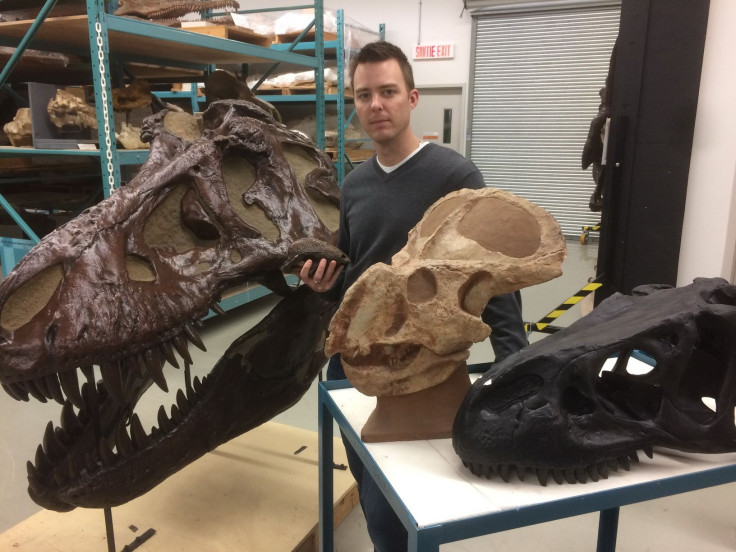Dinosaur Sex: Scientist Says We Don’t Know As Much As We Think

When it comes to dinosaur sex, don’t jump to conclusions. That’s the message of one paleontologist, who says there isn’t enough evidence to tell between male and female dinos based on the shape of their bones alone, differences between the genders that are known as sexual dimorphism.
According to his analysis in the journal Paleobiology, many species of the extinct dinosaurs have been tied to sexual dimorphism but “quantifiable data are often lacking.”
Read: Thousands of Dinosaur Tracks Are Hiding Under this Ocean
The scientist, Jordan Mallon from the Canadian Museum of Nature, suggests that instead of using the sizes and shapes of bones from dinosaur fossils to determine sex, paleontologists should rely on more concrete evidence, like the presence of eggs in a specimen.
“I’m not saying that dinosaurs were not dimorphic, but I am saying that there’s no existing fossil evidence to suggest that they were,” Mallon said in a statement from the museum. “The jury is still out.”
Part of the issue is small sample sizes used to study the extinct creatures, but other data may have been interpreted incorrectly, he asserted. In the case of the horned Protoceratops andrewsi, the museum says, it has been believed that “males could be distinguished from females by a broader frill and larger bump on the nose.” But when Mallon took a closer look, he did not find “enough evidence to separate the specimens into two distinct groups based on the shapes of their bones.”
He did a similar analysis with several other dinosaur species, including the armored stegosaurs.
“What we need to do is examine dinosaur specimens that we can positively identify as females, and if you can survey a large enough population of them, you can then say this is what we expect females to look like,” Mallon said. “One can then study the remainder of the population to compare which ones look like the females that we already know, and which ones don’t. Those would be the males.”
This is not the only recent divergence in the paleontology community that contradicts what scientists thought they knew about dinosaurs. Another paper suggests that dinosaurs emerged in a completely different hemisphere from what is commonly believed, an idea which would significantly change the dinosaur’s family tree.
See also:
© Copyright IBTimes 2024. All rights reserved.











